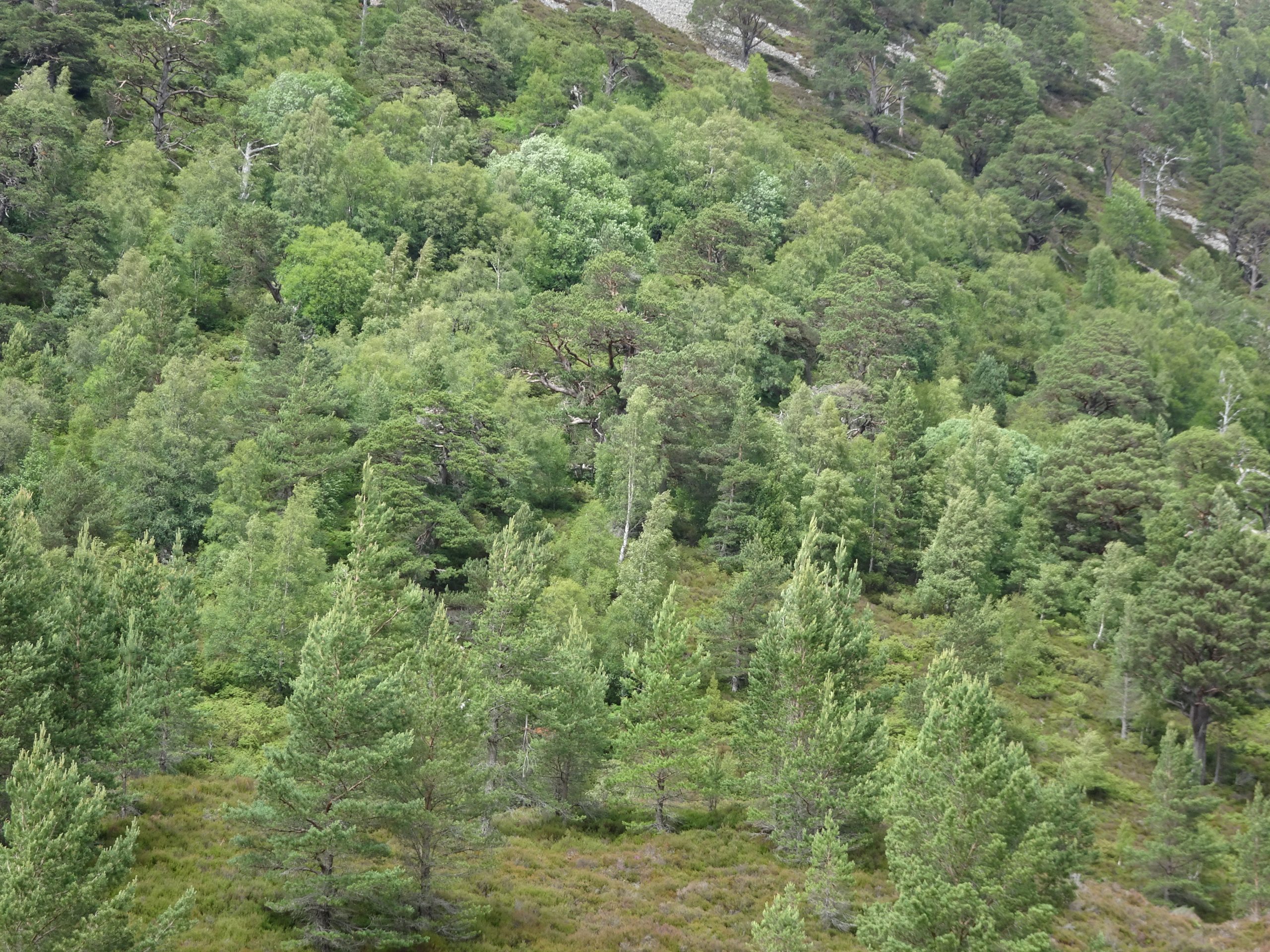Summary
The ability of UK woodlands and trees to meet present and future societal and environmental challenges depends on the availability of genetic diversity between and within tree species.
Within species, genetic diversity is the variation among individuals and populations, and it is needed to ensure that tree species can survive, adapt and evolve under changing environmental conditions and are resilient to stresses such as novel pests and diseases.
Protecting genetic diversity also maintains the broadest possible options for future tree breeding, including the potential to develop traits that are not currently deemed to be important. Yet this vital genetic resource is poorly understood, undervalued, and threatened by direct and indirect human impacts.
Whilst various efforts are underway to address these challenges, progress to date has been patchy, on a relatively small scale and insufficiently joined up or compatible in approach.
Research Objectives
This Strategy aims to create a framework for collaboration to better understand, protect and use the genetic diversity in the UK’s trees. It focuses on native species and introduced species where naturalisation has taken place or where important varieties or landraces have been developed in the UK. This scope will allow activity to focus on genetic diversity that is adapted to UK conditions, especially that which is unique to the UK.

The objectives of the strategy are to:
- Catalyse collaboration for new research and better understanding of UK Forest Genetic Resources
- Guide in situ and ex situ conservation of UK Forest Genetic Resources
- Promote the value of UK Forest Genetic Resources and support wider initiatives to make use of them
We aim to achieve these through working together to coordinate activity across the UK, developing a framework that encompasses current activities, identifies knowledge gaps, initiates new collaborations and helps to establish new research and conservation.
An Action Plan will be developed comprising the following elements:
1) Collaboration for change;
2) Communicating the value of UK Forest Genetic Resources and promoting its use;
3) New research and coordination of existing knowledge on UK Forest Genetic Resources;
4) In situ conservation via Gene Conservation Units; and
5) Ex situ conservation.
The Strategy will be linked to, and supportive of, other actions to protect and use UK Forest Genetic Resources and to optimise resilience of UK woodlands and trees in the landscape.
Vision
To promote awareness and understanding of UK Forest Genetic Resources by extending knowledge of the pattern and drivers of genetic diversity and local adaptation in UK trees; making this understanding easily and widely available and using this knowledge to underpin the conservation and sustainable use of trees and woodlands in the UK.
Our Involvement
The Strategy was developed jointly with:
Clare Trivedi, Royal Botanic Garden Kew,
Stephen Cavers, Centre for Ecology and Hydrology,
Joan Cottrell, Forest Research,
Jo Clark, Future Trees Trust,
Nick Atkinson, Woodland Trust,
and through consultation with a wide range of stakeholders.
